Sant Estevam or St. Estevam is a beautiful village that lies 21 kms from Panjim and 11 kms from Old Goa. It is also known as Ilha de Jua or Zuvem and is famous being a very scenic estuarine island which is breathtakingly beautiful.
The people in Sant Estevam are very hardworking and fun loving and are known as the Zuvekars. There is a fort situated here on a hillock which was built in September 1668. It was named as the fort of St Francis Xavier and is also known as the fort of Jua.
From the village, the fort of Jua can be approached by means of a fairly formidable flight of rough steps. The climb is well worth the effort and at the top is a modern but impressive shrine to Christ the king. It has a special incident related to it where a sailor used to pray here regularly at the shrine before rejoining his ship as he was deeply attached to Goa and loved to view it regularly from this fort.
The view from the fort at Sant Estevam is actually scenic looking down towards the iron ore mines and loaded barges moving towards Mormugao. Originally, the fort was believed to serve as an outpost to protect Ilhas from Muslim invasions.
There is also a church situated in Sant Estevam known as the church of St. Stevens or the Santo Estevam church. It was built in 1759 and was one of the large churches to be built. It is special due to its exterior portion resembling a false dome surrounded by twin towers with lanterns.
At a distance of 23 km from Panjim Kadamba Bus Stand, 40 km from Vasco Da Gama Railway Station and 36 km from Mapusa, St. Estevam Island is situated in North Goa.
St Estevam is an Island in Tiswadi, Goa. It is encircled by the Mandovi River on all sides and was connected to the mainland by the bridge only in the mid 1980s. Also known as Juvem and in the past it was known as Shakecho Juvo – the isle of vegetables. Santo Estevao is most famous for its premium seven-ridged, light-green and long lady finger or okra. That’s why many people refer to villagers as ‘bhendde’.
Juvem is the fourth largest island in Goa. This Island originally consisted of three small islets Jua, Tolto and Vantso with a canal connecting them. These small islets have been joined together into one island that is Santo Estevam. Juvem is rich in historical heritage and natural beauty. There is a fort situated here on a hillock which was built in September 1668. It was named as the fort of St Francis Xavier and is also known as the fort of Jua. From the village, the fort of Jua can be approached by means of a fairly terrific flight of rough steps. The climb is well worth the effort and at the top is a modern but impressive shrine to Christ the king. It has a special incident related to it where a sailor used to pray here regularly at the shrine before rejoining his ship as he was deeply attached to Goa and loved to view it regularly from this fort.
The island was converted to Christianity at the end of the 16th century by the sacred spirit of the Jesuits, who built the first church in Santo Estevam in the year 1575. The Church of Santo Estevam is the big Church of all churches built in 1575 by the Jesuits. In 1683 the Church had been burned when the Island Martha King Sambhaji. The Church was rebuilt in 1759. It is special due to its exterior portion resembling a false dome surrounded by twin towers with lanterns. The villagers celebrate the feast of St Stephen on 26th December with great pomp.



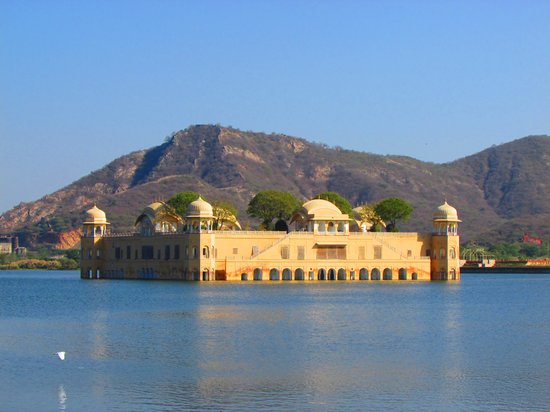
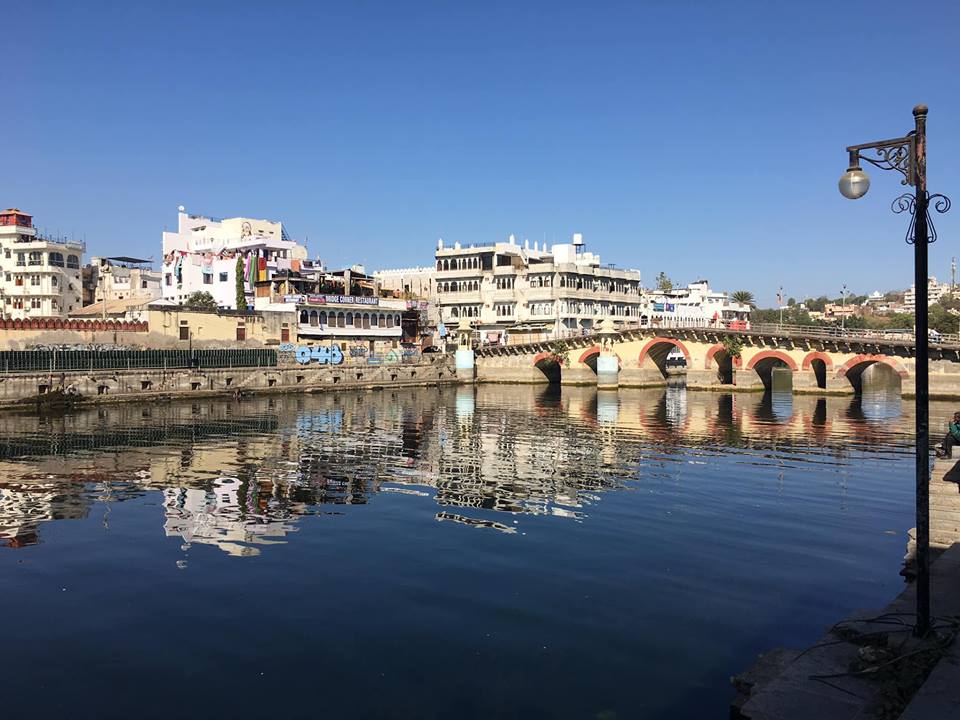
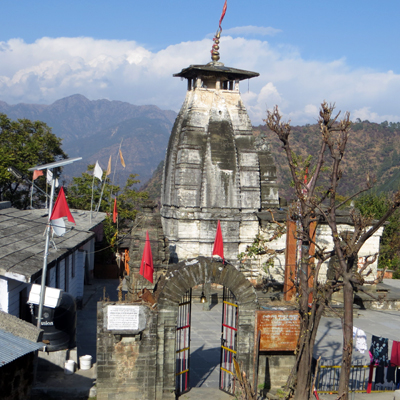

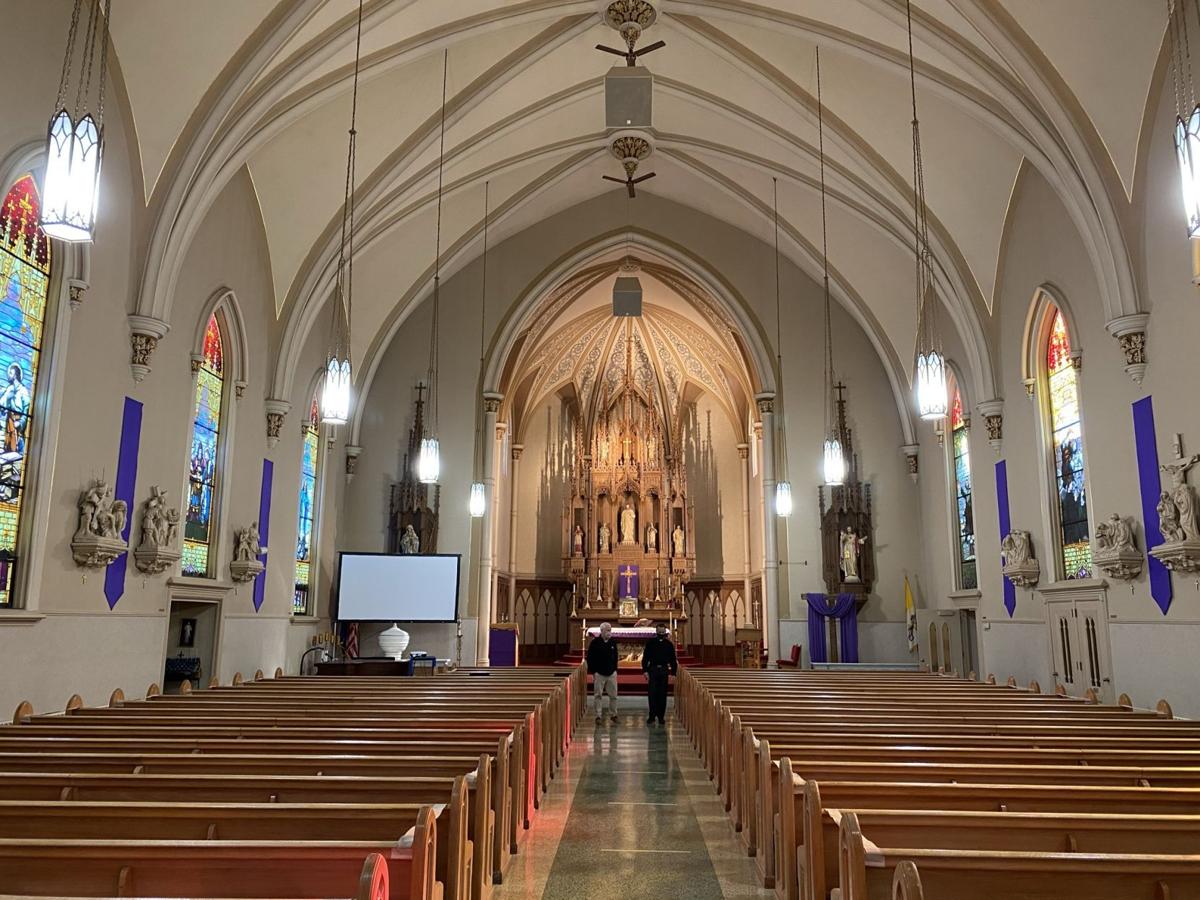

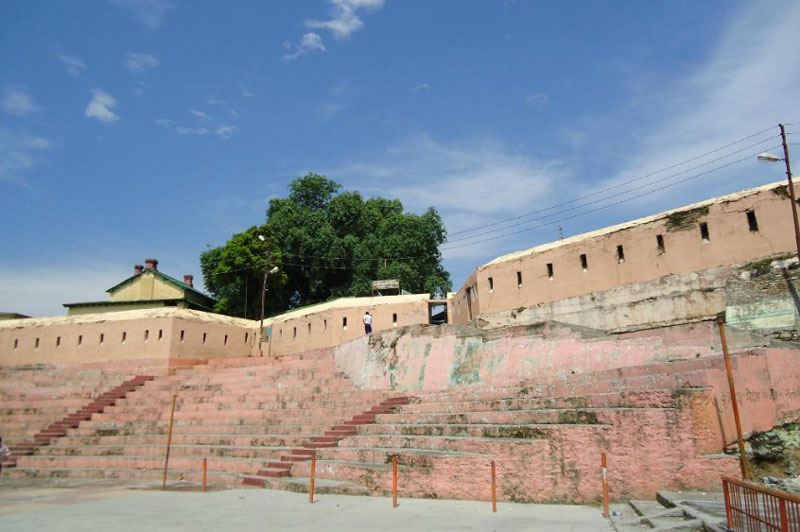


Comments are closed.